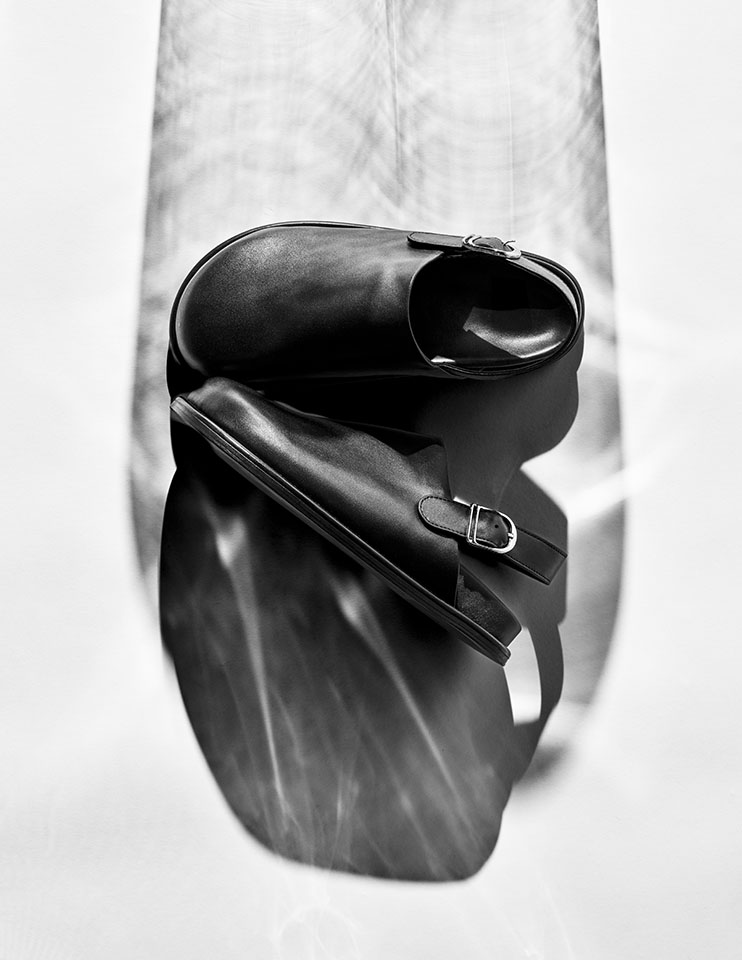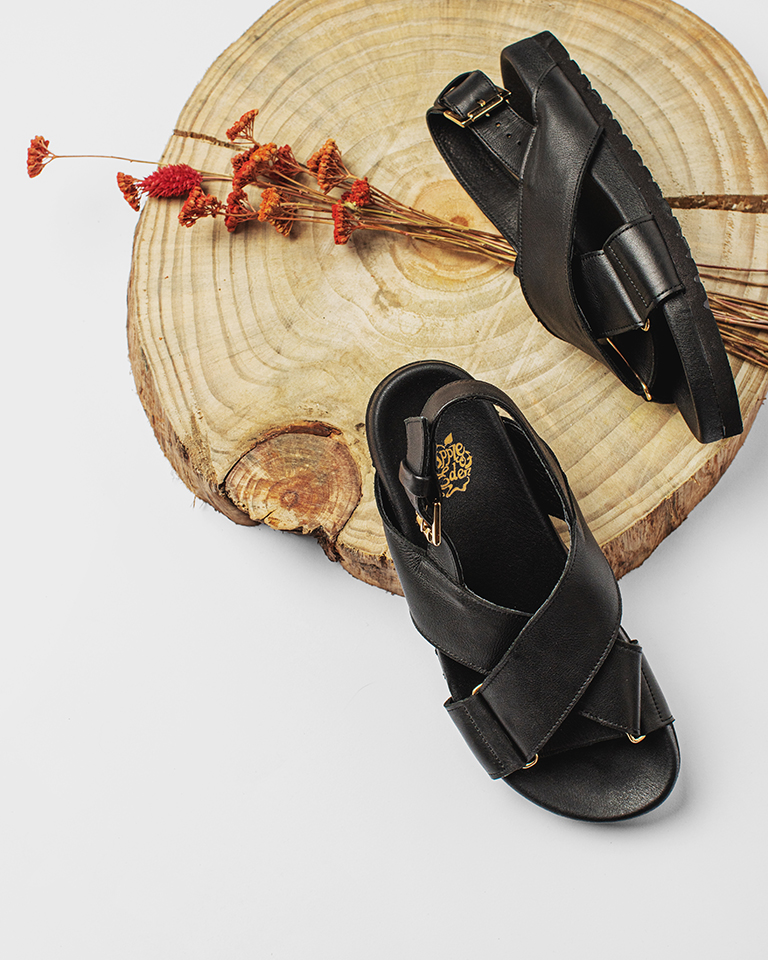From the August Issue: Balancing Uncertainty With Style
Published on MR Magazine, August 14th, 2025.
Retail experts and store owners who have navigated many seasons know that buying footwear is a complex cocktail (that sometimes begs for one), infused with Pitti Uomo, Paris street style, Pantones, emerging brands, heritage brands, licensed brands, designers, suppliers, numerous raw materials, all garnished these days with ever-changing tariffs and new international trade practices. If consumers only knew all that goes into their shoes!
With a macroeconomic environment of unpredictable taxes on imports and the industry’s pre-existing condition of inflation due to higher costs of sourcing and labor, one could say there’s a perfect storm swirling around shoe buys for next spring. According to respondents of the 12th edition of the World Footwear Business Conditions Survey, the cost of merchandise, specifically raw materials, is a significant concern because it squeezes profits.
This could be a moment for tarot or fortune tellers, but we have trusted industry sources such as Matt Priest, President and CEO of the Footwear Distributors and Retailers of America (FDRA), who leads the largest related association in the country. He is an industry sherpa who has guided the heads of brands, manufacturers, retailers, and distributors through turbulent times and regularly lobbies on the Hill for fair practices. He recently wrote to Congress urging a smart trade policy to protect jobs and families, in collaboration with major apparel advocacy groups, including the AAFA and CFDA.
“Air freight coming out of Europe and Asia is astronomical in anticipation of higher prices as the reciprocal pause ends,” says Priest. He references the University of Michigan Surveys of Consumers, available online for anyone looking to gauge what’s on customers’ minds across the country. He points out the historical decline in demand, which has plummeted over the past few months, and since inauguration day, affecting shopping habits across the entire income spectrum. “This is not only going to hurt working families buying products at Walmart and Target. Surveys reveal an index that shows people are pulling back in every single demographic.” Priest fully expects sales to decline as prices go up with increased tariffs. “This is inevitable,” he predicts.
“This new reality suggests that U.S. brands and retailers should diversify their sourcing and explore reliable partners.” —João Maia, APICCAPS
Some brands, including Birkenstock, Nike, and Keen, have chosen (for now) to eat costs and spare their customers. Earnings reports declare a different strategy for other public companies, who, like investors, are worn out and stretched thin. If you have a 30% tariff on Chinese imports, in addition to a 20% tariff on sneakers, that’s a 50% tax per shoe, a lot to absorb.
The strategy, says Priest, is to do everything possible to advocate, and they are actively reaching out to Senators and Reps, where they’ve not found anyone on either side of the aisle to agree that tariffs on shoes are a good idea. The focus on the tax bill has taken up most of the attention of Republicans, who declare intentions of boosting the economy and are now heading into the midterms, looking to save their seats.



Ninety-nine percent of footwear is imported, which may be a vulnerable statistic, but the conversation around moving manufacturing to the U.S. is a non-starter. “There are some very cool companies doing very cool things here at home, but it’s all niche,” says Priest. “We will never be the country that produces the majority of its footwear because that would mean downgrading our cost of living to the point where we could afford it.” There is a reason that 95% of all footwear imported into the U.S. comes from three countries: China, Vietnam, and Indonesia.
That said, we look to another industry stakeholder and leader, João Maia, the General Manager of APICCAPS, the Portuguese footwear association, who is meeting this moment of shifting alliances with a solution. “This new reality suggests that U.S. brands and retailers should diversify their sourcing and explore reliable partners. Portuguese manufacturers are ideally positioned for this. In addition to a culture steeped in tradition and innovation, over the past two decades, we have transformed our production model to be more agile, responsive, and capable of smaller, high-quality runs. This has made us the trusted partner of premium European brands – and now, we’re bringing that same value to the U.S. market,” he informs. He backs that up with €600 million invested in automation, marketing, and sustainability by the end of this decade.
Deeply embedded in the global fashion scene with an ecosystem of manufacturers, tanneries, and leather goods producers, there is designer collaboration, craftsmanship, and vertical integration, adds Maia, “with over 1,500 companies and 40,000 skilled workers who produce 80 million pairs of shoes annually.” Their reliability, creativity, and high quality are here to stay. How can we make the best of those driving mocs (a big trend for Spring 2026) and keep our collective feet on the merchandising gas?
Be aware, find a workaround, and be cautious of how cost-cutting might impact quality. The economics here foresee two options: either wholesale prices increase, or production costs decrease as companies fight for survival.
Moving dated inventory out and making room for what your customers really want feels important now. Consider a service like Max Retail, devoted to maximizing cash flow for inventory. An easy tech platform ensures less waste and more customer satisfaction.
Trending upward with signs of positivity, travel is on the rise, and the takeaway from the bigger trends at Pitti was resort dressing. This likely signifies a trickle-down effect for footwear, with styles suitable for vacations, from the mountains to the Mediterranean. Top resort-inspired footwear includes boat shoes, laid-back loafers (woven or in light-colored suedes), next-gen Superga sophistication, and even espadrilles, are some likely winners. Sandals ruled the runway at Milan Fashion Week, where designers also featured slip-ons, super-flats, and a fresh crop of retro sneakers.
Ethical and sustainable practices remain a priority, and for those merchants who fill their shelves with premium items, there are high-quality, handcrafted cobbler brands like Danner (Portland, Oregon) and Allen Edmonds (Wisconsin), both made in America.


